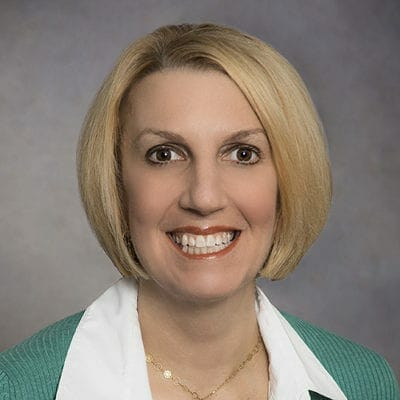
Medicaid’s expenditures may be decreasing, but those in the home care industry are stopping short of celebrating the recently documented cost savings. Since March of this year, state governments have slowly whittled their Medicaid rolls, under the auspices of reinstated redetermination requirements across the nation.
At the onset of the COVID-19 pandemic and for some time after cases tapered off, states were under directives not to disenroll any Medicaid beneficiaries who didn’t make a specific request. Subsequently, bloated membership rosters became commonplace, especially as public healthcare eligibility expanded amid layoffs and climbing unemployment rates. Understandably, the continuous coverage couldn’t last forever. However, determining eligibility and un-enrolling or re-enrolling members accordingly has turned into a confusing task of monumental proportions – and it wasn’t entirely unexpected.
Ahead of the March 31, 2023 deadline to end protections, it was projected that an estimated 15 million people would lose coverage, though 6.8 million of those individuals were expected to be cut due to procedural issues – not because of ineligibility. As of Sept. 22, 2023, over 7.4 million Medicaid enrollees had been disenrolled, even though 37% of those people actually had completed the renewal process. There’s no way to know how many of the displaced members had been receiving home care services, but it’s likely safe to assume thousands have been deprived of visits and care to which they are rightfully entitled.
Lost Medicaid coverage has often-unintended consequences
Throughout the continued unwinding of Medicaid, home care providers may see a drop in clients and revenue, as many agencies offer services to program beneficiaries. As some become uninsured, though — either rightfully or erroneously — they’ll no longer be able to utilize the care they had been receiving. A decreased client base could significantly impact the overall sustainability of many agencies.
In addition, billing processes may be complicated for some time as lost coverage goes unnoticed and reimbursements aren’t approved. If a client’s eligibility is terminated midway through a care cycle, their updated status may not be reflected for several days or weeks. Home care workers will carry out their responsibilities and collect compensation from providers who, ultimately, will not be reimbursed by Medicaid.
These unfortunate developments likely will equate to a substantial increase in administrative workloads, thus straining already-stressed agency teams. Providers will need to earmark a portion of their staff time and resources to handle eligibility verification, billing disputes, and other clerical tasks for the foreseeable future as the unwinding process continues through the first half of 2024. Providers may also need to re-evaluate or adjust some patients’ care plans due to changes in their coverage. A modification to services might suffice, but alternative funding sources may be needed for some patients who no longer qualify for Medicaid.
Home care agencies can help themselves and their clients
There are actions home care providers can take to prepare their workers, support their patients and expedite the remediation process. When caring for patients, workers can provide information on remediation and help to ensure clients and their families understand how to handle the renewal process. Agencies can also use various digital platforms – such as email, newsletters and social media – to spread the word to patients who utilize online communications.
In addition to clearly and frequently communicating with Medicaid recipients about changes on the horizon, agencies can also assist beneficiaries with the redetermination process to avoid gaps in coverage that may cause service disruptions. Continuity in care is critical for many Medicaid patients, who also happen to be among the nation’s most vulnerable populations.
Many states are also stepping up to help minimize the negative effects associated with the unwinding period. Approximately two-thirds of states had plans in March to follow up with enrollees on renewal completions. Furthermore, Jennifer Tolbert, the associate director of the Kaiser Family Foundation’s Program on Medicaid and the Uninsured, said during a KFF spring webinar that all states’ actions over the past year included direct outreach to enrollees.
The elusive path through Medicaid’s unwinding is paved with uncertainties, and little can be done about that at the moment. So, it’s critical that home care providers take steps to proactively address the challenges faced by their agencies and patients. Though it will require extra time and effort, the continued delivery of excellent care and service is possible and, more importantly, it is necessary.
Kim Glenn is senior vice president of government health plans of HHAeXchange, a leading provider of home care management solutions for providers, managed care organizations and state Medicaid agencies



